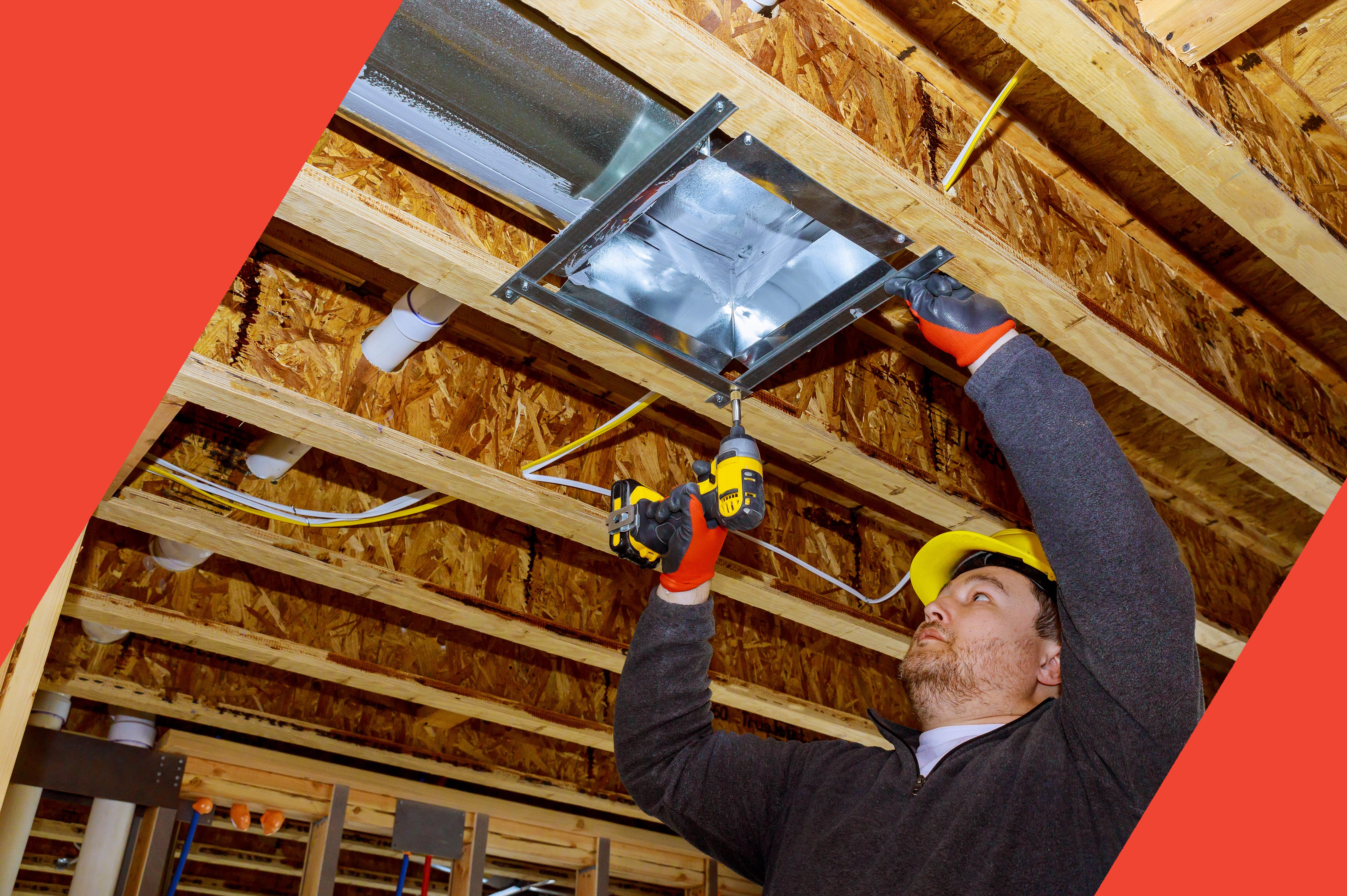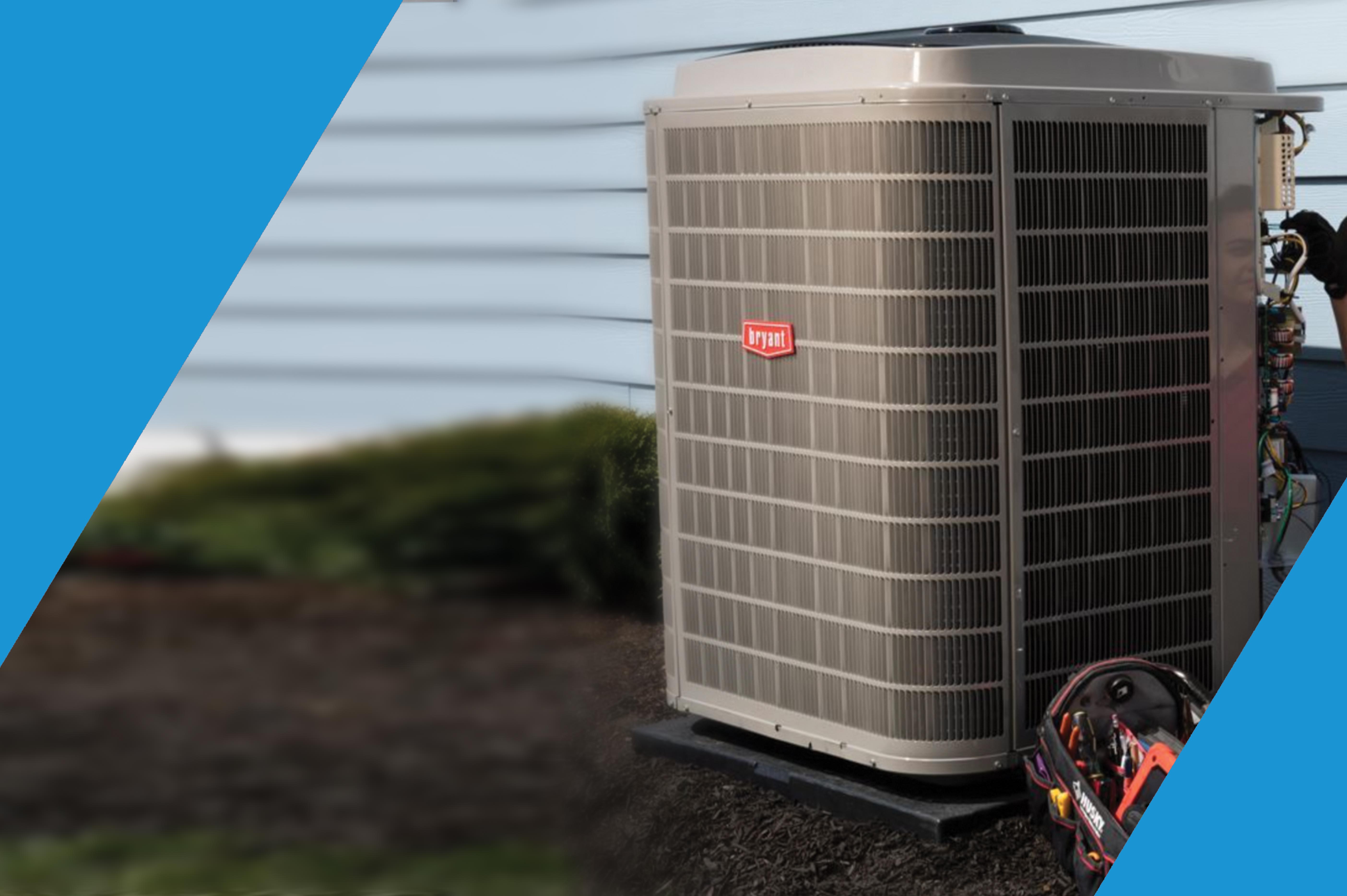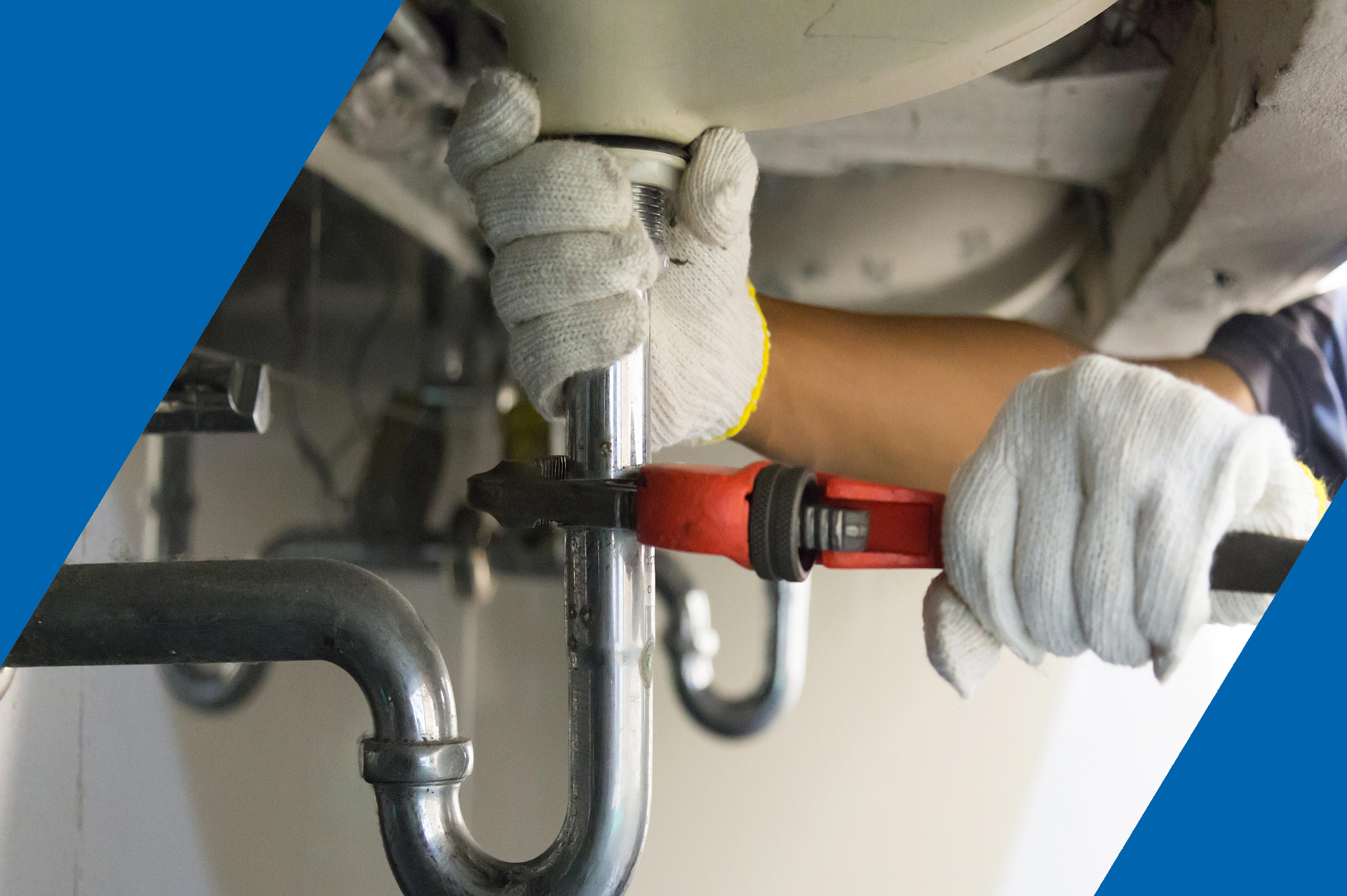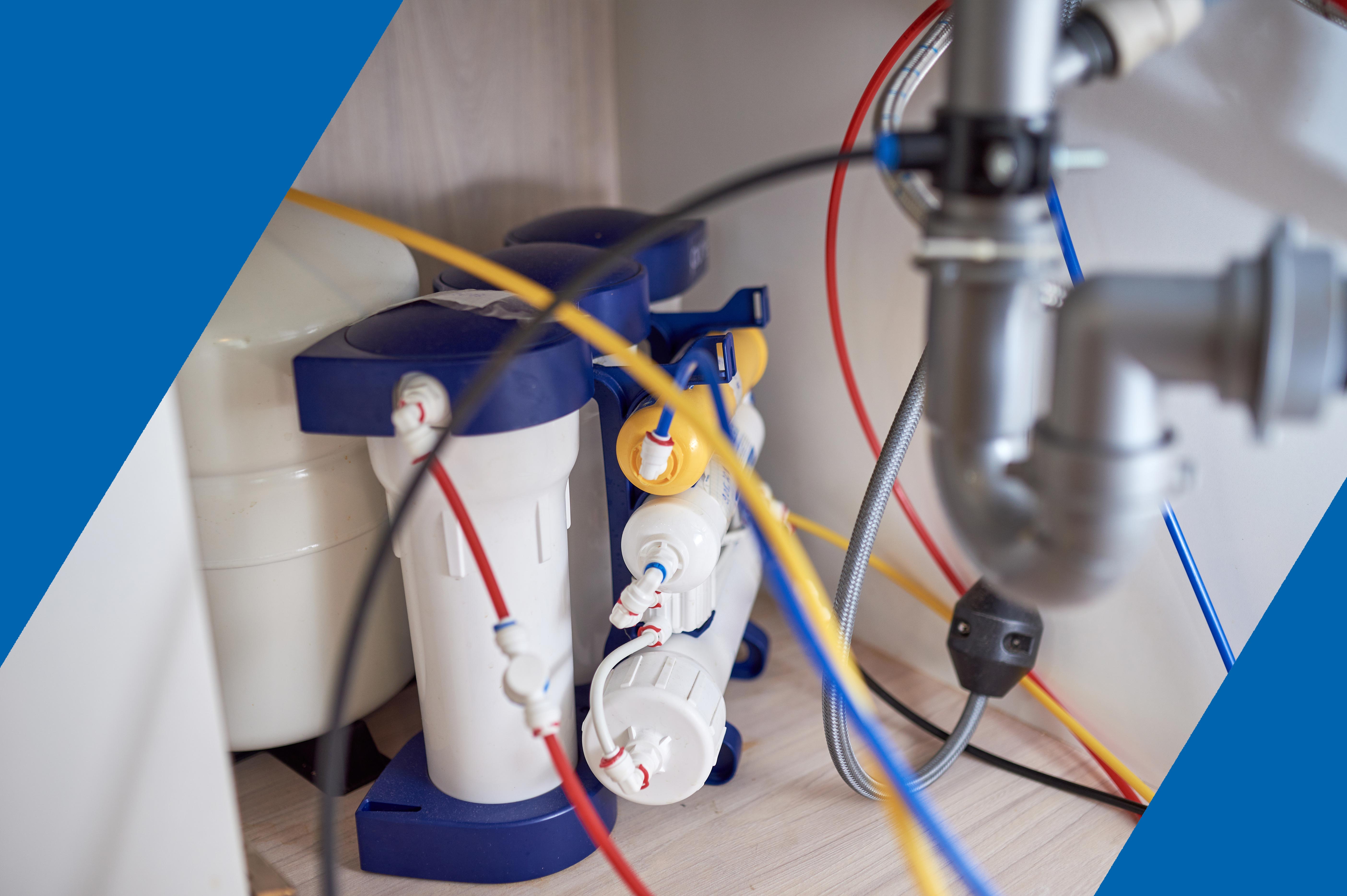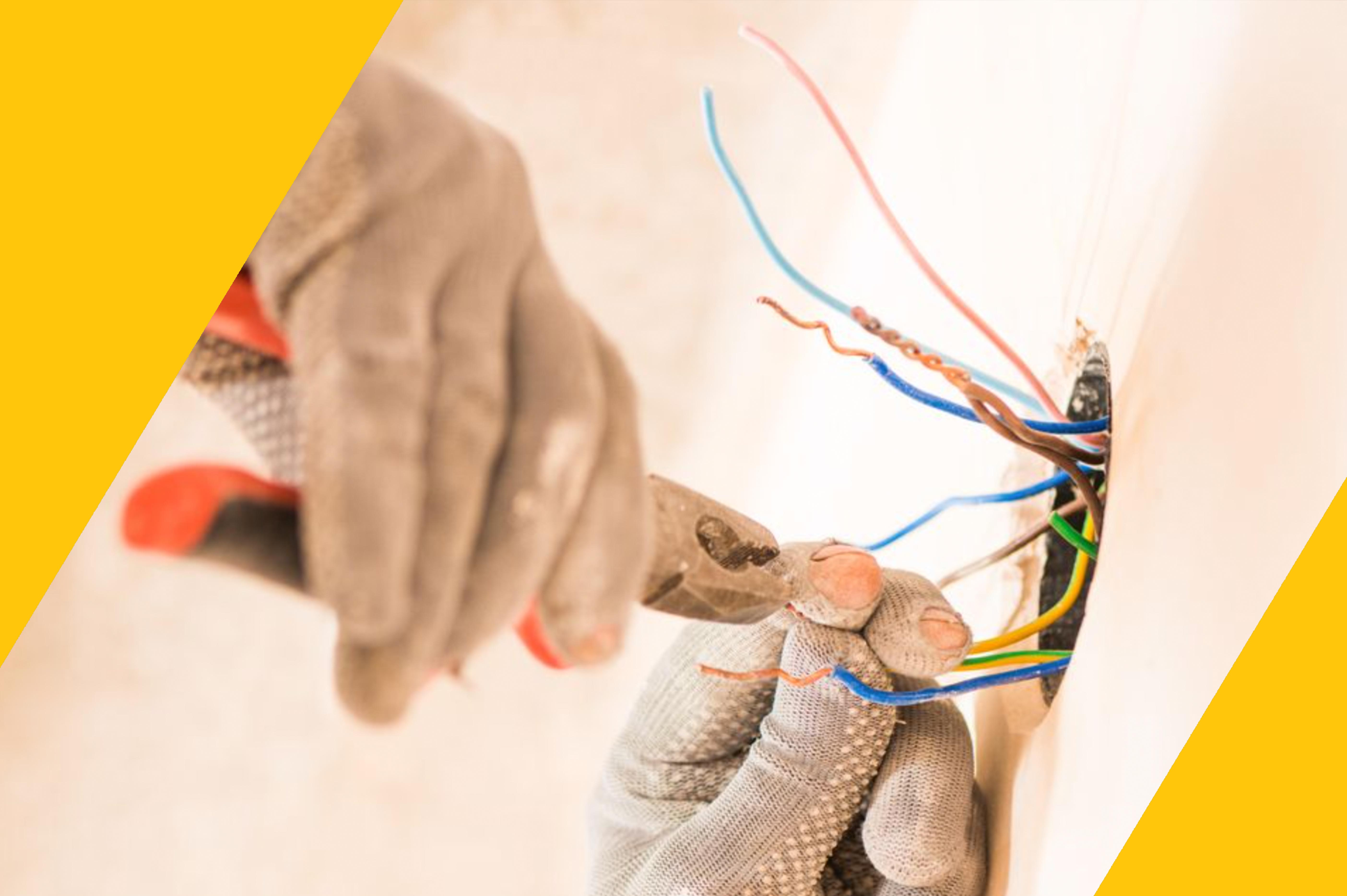
The blower fan on your furnace is designed to distribute warm air through the ductwork in your Little Canada home evenly, ensuring you use all of the energy consumed by your furnace. If the blower doesn’t turn on when the furnace turns on or it continues to run when the furnace is off, it can cost you money and result in cold rooms. Here are some tips on how to fix a faulty furnace blower.
What is the Problem?
First, check to see what the problem is. If your furnace blower remains on all of the time, it may be a thermostat issue. Make sure the fan isn’t set to stay on continuously (a common setting for most air handlers). You should also check the limit control switch to make sure it is working properly. If this is broken, it needs to be replaced which is a relatively simple fix.
If the furnace blower isn’t turning on at all, you may have a belt problem. This can be fixed by you if you have the proper tools. To repair the belt problem, first turn off all electricity to the device. You’ll need to remove the old furnace blower belt, so release the tension in the pulleys before removing the belt.
Installing a new belt is not unlike doing so for your car. Make sure to check the blower or your user manual for proper tension when you install the new belt. Make sure you purchase the right size belt and set it to the right tension. If you cannot or you do not feel comfortable doing so, you should call a professional to inspect and repair the problem for you.
Getting the Blower Back Up and Running
Once your new belt is in place, test the system carefully, starting with the lowest setting (if there are variable settings). If it does not yet work or if something sounds strange, call a technician right away. You don’t want the motor to burn out or something else more substantial to go wrong with your furnace or air handler during the middle of the winter.

